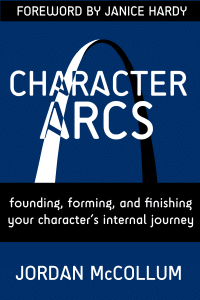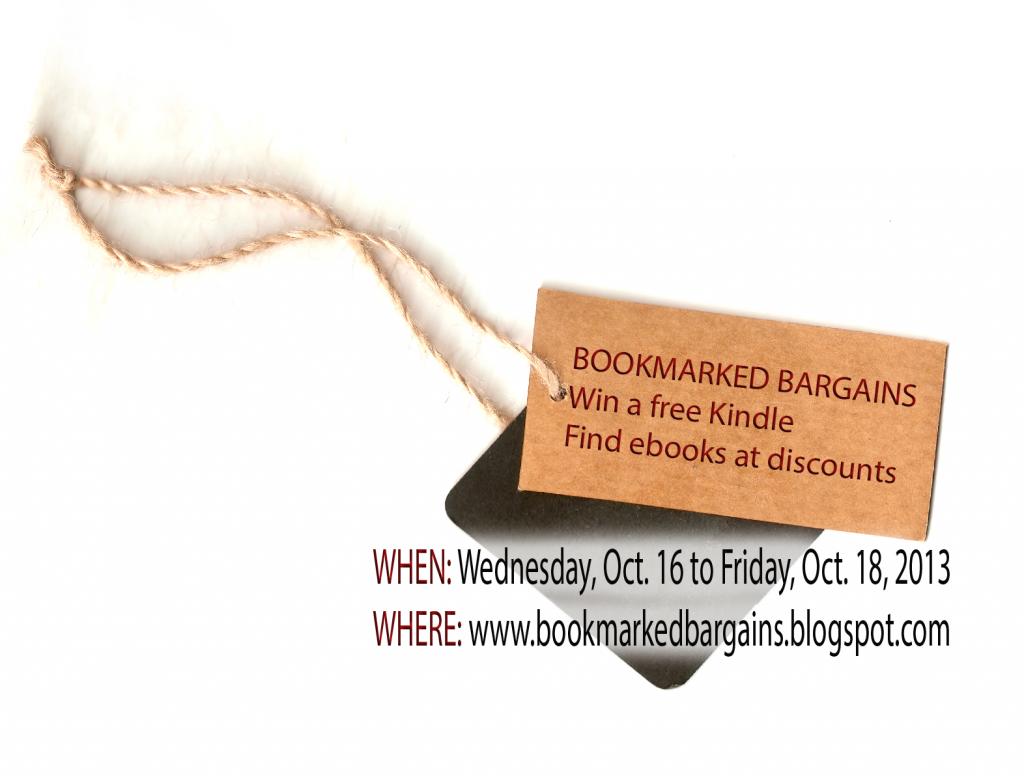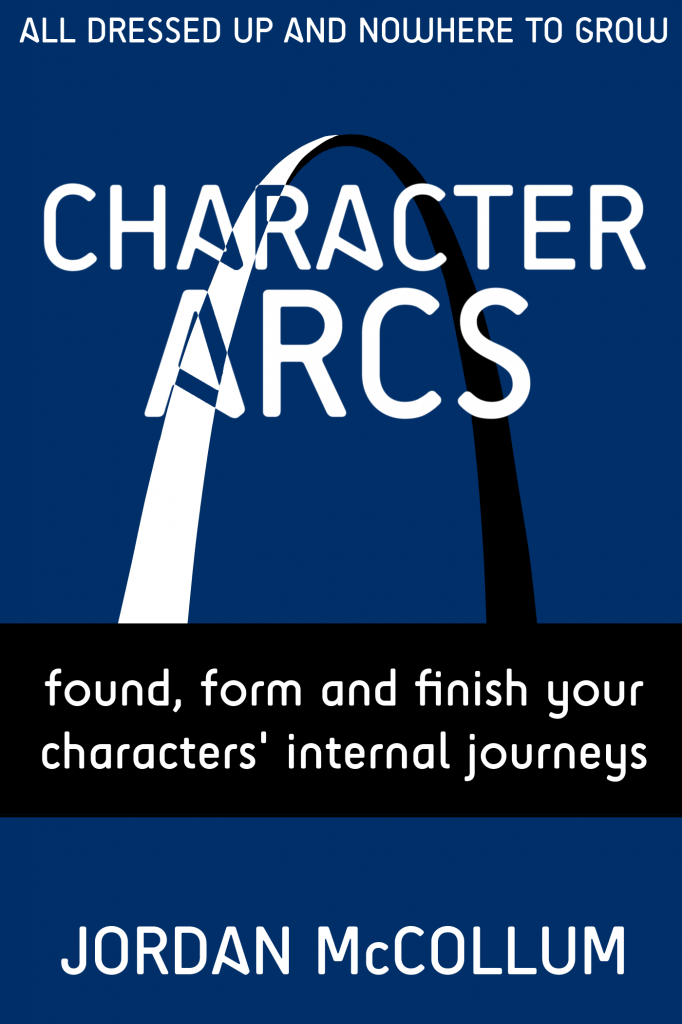I have little kids. I get to go see Disney movies without any shame. I even get to go to the sing along version. (And be the loudest person in the theater. No shame.) We all really liked Frozen (except for my three-year-old, who’s still upset that Elsa told Anna to go away). The story, the characters, the songs, even the plot twists—we loved it.
 But the more I’ve pondered the story and especially the ending, I’ve wondered if it couldn’t be a little stronger. This has nothing to do with the cute reprises of “Do You Wanna Build a Snowman?” popping up on YouTube.
But the more I’ve pondered the story and especially the ending, I’ve wondered if it couldn’t be a little stronger. This has nothing to do with the cute reprises of “Do You Wanna Build a Snowman?” popping up on YouTube.
SPOILERS!
If you haven’t seen it, the movie revolves around a pair of princess sisters, Elsa and Anna. After an accident in their childhood where Anna is badly hurt, Elsa must hide her magical ice powers from her younger sister. Afraid she’ll hurt her sister again, Elsa shuts her out completely. They spend the better part of their lives separated, even after their parents die, and Elsa’s secret powers continue to grow beyond her control.
On the day of Elsa’s coronation, after a fight with Anna, Elsa accidentally reveals her powers to the whole kingdom. Elsa flees in fear, setting off an eternal winter in their kingdom. Anna goes to find her sister and convince her to come back, but Elsa freaks out when she finds out what happened in their kingdom. In her fear, she again accidentally freezes her sister’s heart.
Anna leaves, and discovers that she will die without an act of true love. At the climax of the movie, Anna has a choice to kiss her true love or save her sister’s life. As she blocks the death blow of the villain’s sword, Anna turns to solid ice. Elsa is devastated.
In a Disney reversal, Anna’s selfless sacrifice is an act of true love, and it thaws her frozen heart (and body). Elsa realizes that the answer to her out-of-control powers is love. She’s able to harness her magic and end the premature winter.
Okay, super cute, heartwarming, etc., right? It is. But after a while, you look back at that conclusion and wonder . . . didn’t Elsa always love her sister?
It was Elsa’s love of her sister that led to her fear, led to Elsa shutting her out. So why was love all of a sudden the answer?
Completing the character arc
Although the movie does revolve around Anna and her actions, it’s Elsa that has the biggest character arc. At the beginning of the movie, she’s warned that fear will be her enemy, which she (and her parents) take to mean that others will fear her powers and possibly hurt her. This inciting incident sets up her character arc to grow from a place of fear.
Throughout the course of the story, her own fear rules her life. She cuts herself off from everyone but her parents—and eventually won’t even let them touch her because she’s afraid she’ll hurt them. When she’s afraid and upset, her powers rage out of control, and hurt the people she cares about.
The final image of the movie, Elsa, Anna and their subjects playing with her magic, shows that Elsa has successfully learned her lesson and integrated it into her life. But before that, when she says what she’s learned, she only says, “Love! Of course!”
Again, she’s always loved her sister. That isn’t how she’s grown or changed. What she actually learned was a lesson about not letting her fear overrule her love for her sister and her subjects. I think that expressing that, tying the character arc back to the growth that she’s seen throughout the film and the lesson she learned, would have made the movie just a little bit stronger.
How could we express that better? One or two sentences of dialogue would have been enough, since the positive results of her character arc are already shown well through her actions. The line that keeps springing to my mind is straight out of the Bible: “There is no fear in love, but perfect love casteth out fear.” She’d let her fears override that love (not completely destroy it). When she realizes that she needs to show her love for her sister and receive her love in return, she’s able to overcome those fears and control her powers.
The answer isn’t just love. If we dig a little deeper, we see that the real theme is that love can conquer fear.
A big musical number to that effect wouldn’t have hurt either  .
.
I still love it
In all, I do still love Frozen. I’m a writer, and I analyze things—and you’d think I wrote a book on Character Arcs or something. As I was telling Jami Gold in her post analyzing another way Frozen might have been a little better, these criticisms and analysis of the movie are actually a positive thing. I think it says a lot for any story to inspire craft discussion!
What do you think? Did you like the ending of Frozen, or could it be better?
 depth class on character arcs I’m teaching through Savvy Authors!
depth class on character arcs I’m teaching through Savvy Authors!
 But the more I’ve pondered the story and especially the ending, I’ve wondered if it couldn’t be a little stronger. This has nothing to do with the cute reprises of “Do You Wanna Build a Snowman?” popping up on YouTube.
But the more I’ve pondered the story and especially the ending, I’ve wondered if it couldn’t be a little stronger. This has nothing to do with the cute reprises of “Do You Wanna Build a Snowman?” popping up on YouTube.  .
.
![107/365 [Flying Fingers]](http://farm4.staticflickr.com/3593/3454110496_b3785204f5.jpg)



